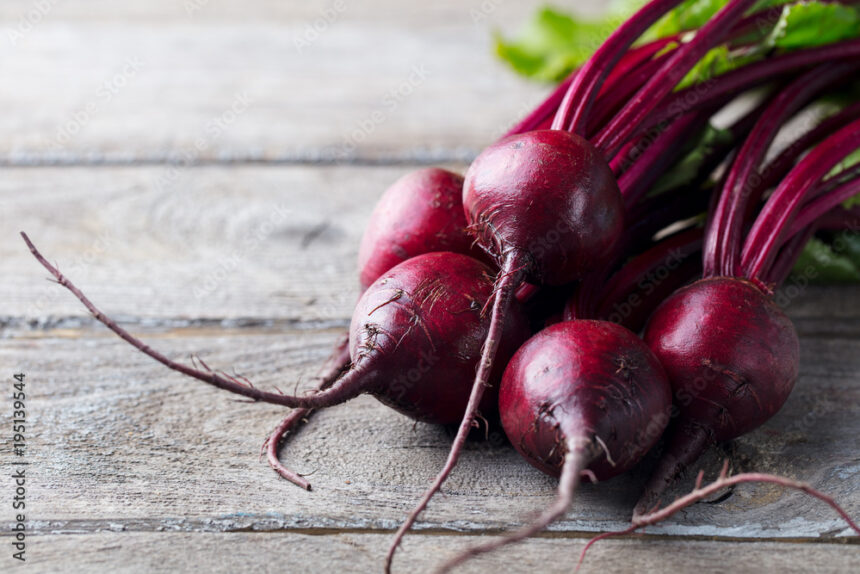Rhizoctonia root rot is a fungal disease that affects various plants, including beetroot. The disease is caused by the pathogen Rhizoctonia solani and can cause significant damage to the beetroot crop. Here are some symptoms of Rhizoctonia root rot that you should look out for in beetroot:
- Stunted Growth: Infected beetroot plants may exhibit stunted growth compared to healthy plants. The plants may appear smaller and less vigorous overall.
- Root Rot: The most characteristic symptom of Rhizoctonia root rot is the rotting of the beetroot roots. Initially, the roots may show dark reddish-brown lesions or sunken areas. As the disease progresses, the lesions expand and the roots become soft, decayed, and brittle.
- Lesions on the Lower Stem: In some cases, the lower stem of infected beetroot plants may also show lesions. These lesions are typically dark brown or black and may extend upward from the root area.
- Wilting: Infected beetroot plants may exhibit wilting or yellowing of the foliage. This symptom is often a result of the damage to the root system, which affects the plant’s ability to take up water and nutrients.
- Collapsed Plants: In severe cases of Rhizoctonia root rot, the infected beetroot plants may collapse and die. This is more common when the disease occurs during the early stages of plant development.
It’s important to note that these symptoms may also be caused by other root diseases or environmental factors. To accurately diagnose Rhizoctonia root rot, it’s recommended to consult with a local plant pathologist or agricultural extension service. They can provide specific guidance based on your region and may recommend appropriate management strategies to control the disease.
Join 'Farmers Mag' WhatsApp Channel
Get the latest Farming news and tips delivered straight to your WhatsApp
CLICK HERE TO JOIN






